Indianapolis Motor Speedway Museum: A perfect shrine for the Cathedral of Speed
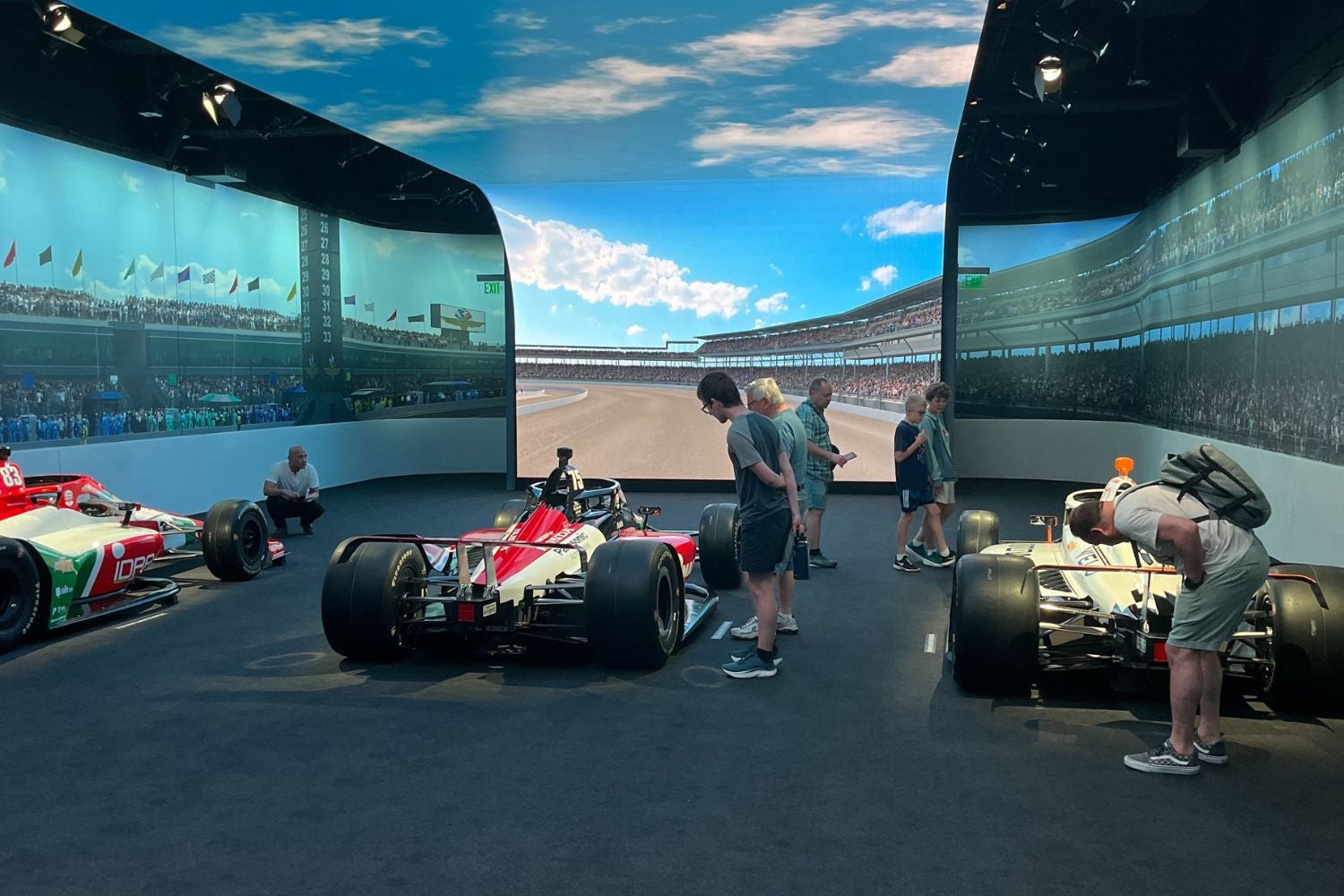
Doron Berger
Since 1911, the Indianapolis 500 has been an annual pilgrimage of speed enthusiasts.
Every Memorial Day Sunday, thousands of people gather at the famed Indianapolis Motor Speedway and temporarily make the town of Speedway for whom it is named, the second most populated city in the state of Indiana.
Nestled in the heart of the massive 2.5 mile oval is the Indianapolis Motor Speedway Museum. It is easily accessible from 16th Street via an underpass that takes you to the free parking lot and the museum itself.
As you step out of your car, you appreciate the grandness of the speedway (fun fact, it can fit all 7 modern wonders of the world with room to spare!). And then you step into the museum where you are about to get taken on a journey through 100+ years of race lore with intricate displays and interactive exhibits.
The museum has recently undergone a 17-month renovation at an $89 million price tag. It reopened on April 2 of this year after closing in November 2023.
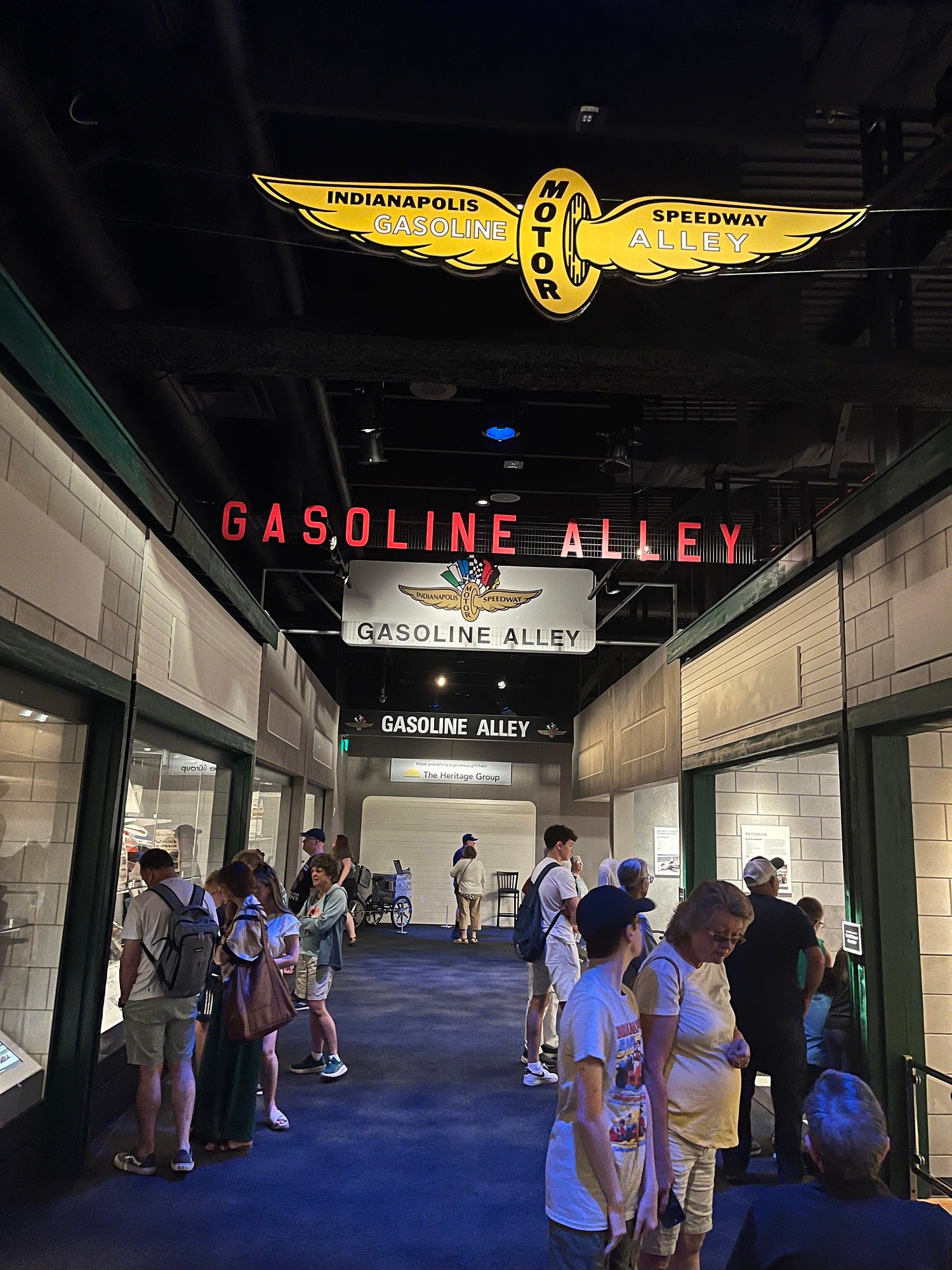
Visitors like me who have experienced the previous version of the museum will certainly come away with very positive impressions of the changes. But brand-new visitors will no less be impressed by the special care to detail seen throughout the museum.
The visit begins at Gasoline Alley, which shows the evolution of racing cars and garages, ranging from 1914 to 1996. Again, no detail is spared from period TVs to tools as well as a 1960s refrigerator. Museum organizers took great care to showcase what a garage would have featured with every car on display.
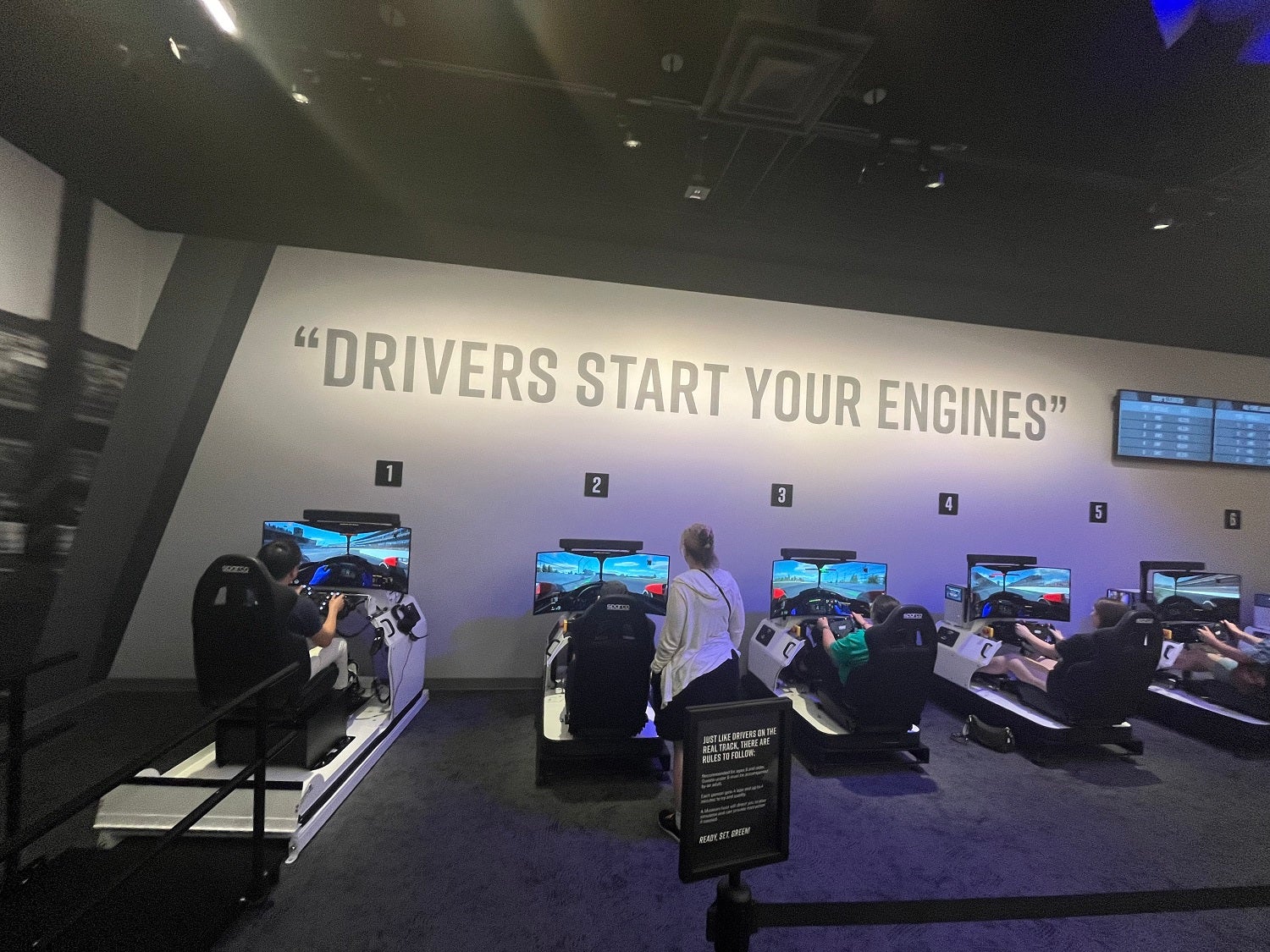
From Gasoline Alley, you move to the Starting Line Experience. In this room, a screen reaches all through the ceiling and there is a movie about race day from gates open to pre-race ceremonies (including Back Home Again in Indiana) to the first lap. It gives visitors the thrill of the build-up and start of the race.
From there, you head into the main area of the museum where there are some choices. In the Qualifying Zone, patrons have a chance to participate in hands-on activities that teach them about technical aspects of pit stops, including strategies on when to pit and how. You can learn how to tighten lug nuts or refuel the cars. There are simulations on driver crews and driving itself along with so much more. Adults and kids alike will appreciate all the interactive experiences in this section of the museum.
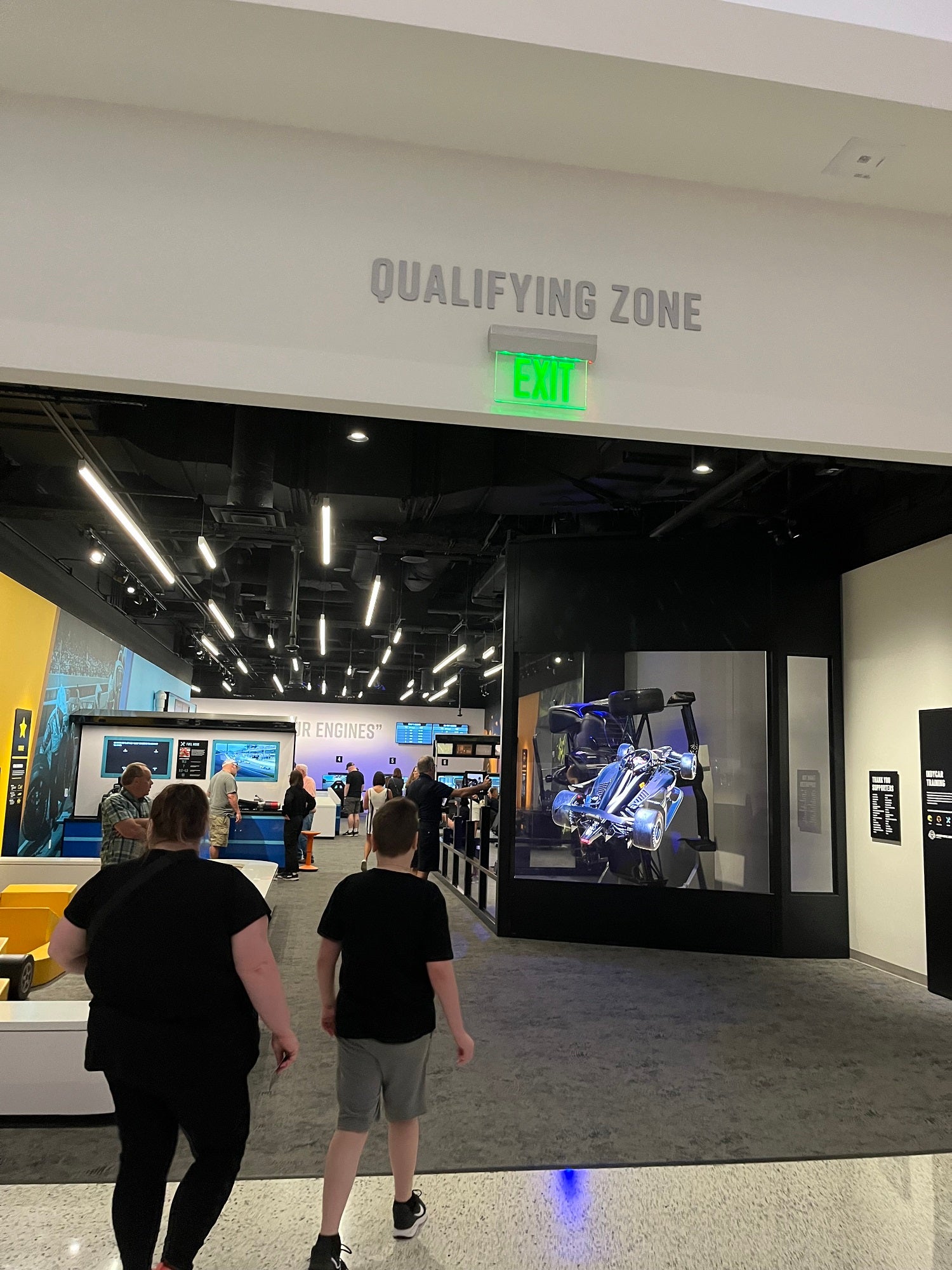
In the Winners Gallery, circle through time from 1911 to the present, featuring cars that won the race. Take a selfie with the Borg Warner trophy or use a touch screen to learn about the many engraved faces on the trophy of winners’ past.
Above the Winners Gallery is the Mezzanine level. In this level, you find a bunch of memorabilia dedicated to drivers and the Indianapolis Motor Speedway. You will find everything from toys and video games to victor’s milk jugs. You may be particularly amazed from a display that features 1910 and 2021 driver suits side by side, noting that one looks like a hospital gown while the other is the fireproof suit we all know today.
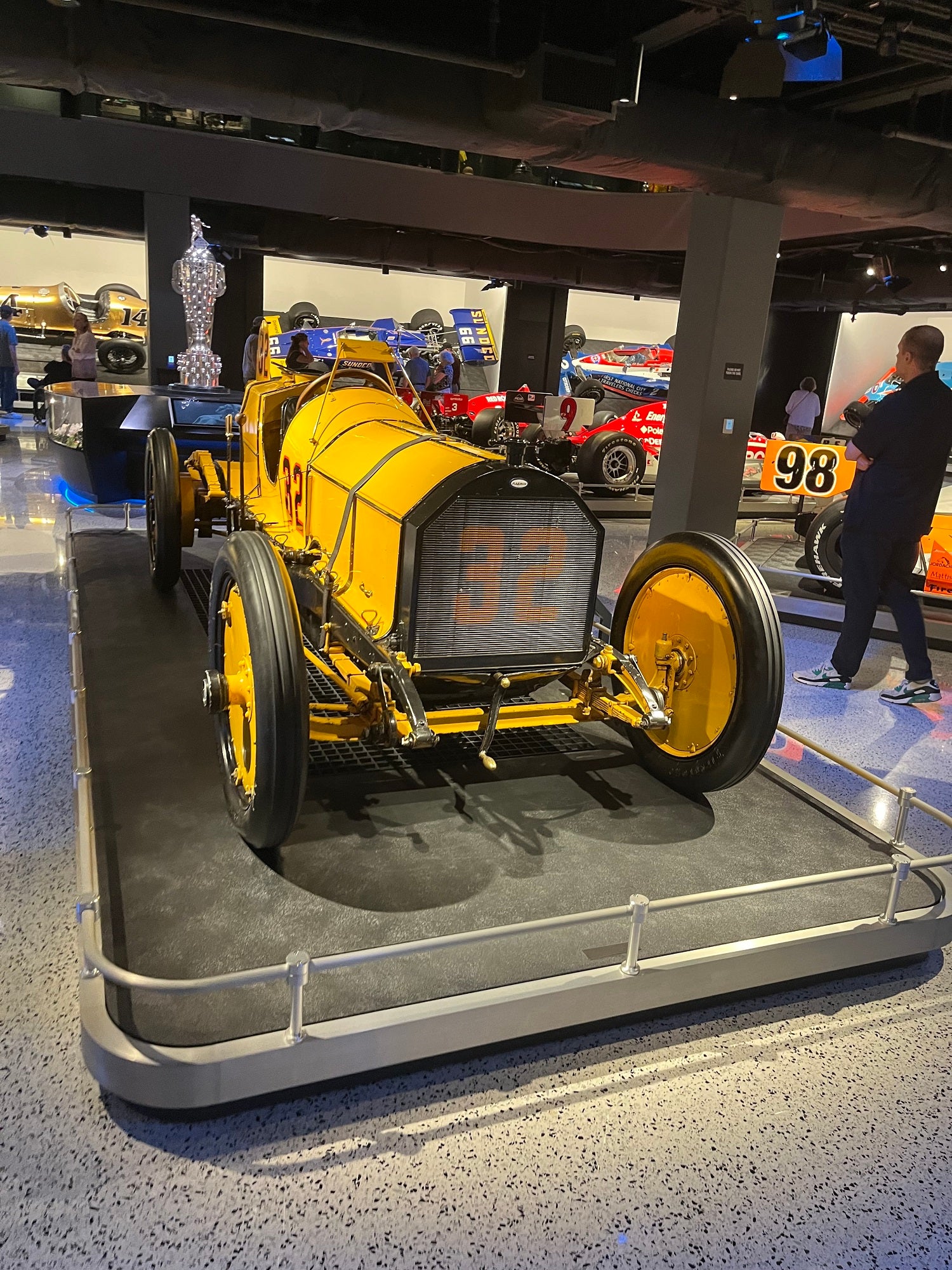
Below the main level, you will find a section dedicated to NASCAR. While less famous than the Indy 500, the Brickyard 400 is quickly becoming a jewel on the NASCAR schedule and this section is sure to grow over time. At this level, there is also a gallery named after famed race car owner Chip Gannasi, which highlights four-time winners Rick Mears, Helio Castroneves, AJ Foyt and Al Unser. Each driver is celebrated with winning cars, driver suits and other memorabilia.
The crème de la crème of this museum in this writer’s opinion is the Penske Gallery, which is back on the main level and I deliberately saved for last. It is a marvelous gallery of memorabilia, dedicated to the winningest team in Indy 500 history (not even close). It features all 20 winning races with personalized trophies, rings and car engines to name a few. This gallery also features a stunning view of the start/finish line area at the speedway.

Overall, the IMS museum is a must visit for anyone who either has some understanding of the 500 race or is a complete novice. Visitors will come away with a greater understanding and appreciation of why the Indy 500 is the greatest spectacle in racing and the speedway is the cathedral of speed.
The museum is clean, extremely well detailed and maintains your attention throughout. There will be more than a few pieces that both captivate your attention and garner conversation.

Indianapolis and the racetrack have forever been critical to one another, and the museum has generally been a must-see attraction. With the new upgrades, the museum has become a more phenomenal experience that is sure to be one of, if not the, highlight of any visit to the city.
Discover more from
Subscribe to get the latest posts sent to your email.











